

Palace of the Luna family, Daroca
CURRENT PROTECTION STATUS: Asset of Cultural Interest (ACI)
TYPE OF ASSET: Property
CATEGORY: Residential OWNER:
- From: Contemporary era- 21st century
- To: Contemporary era- 21st century. Two thirds of the palace were purchased by Fundación Campo de Daroca with the aim of restoring it and using it for cultural purposes. The remaining third is still owned by a private owner and used as a residence.
CONSTRUCTION DATE: 14th to 15th century
The original building had a U-shaped floor plan distributed on the ground floor, main floor and granaries, all arranged around a central interior courtyard.
On the ground floor, the original entrance to the palace was through a round arch in the façade facing Calle Mayor. Given the considerable height of the ground floor level, it was divided into two parts, thus creating a mezzanine level.
The ground floor is divided into three parts perpendicular to the façade to create a U-shaped floor plan wrapped around an inner courtyard.
This division is created by means of arcades resting on columns. Although their spans have been covered over, those on the left-hand side still exist and could be fully recovered, while the arcades to the right were replaced with Tuscan columns and wood lintels resting on bolsters when remodeling work was done in the late 16th century.
The eaves found on both the exterior and interior of this level are striking, particularly those facing the exterior, which, like the ceiling inside, are decorated with highly deteriorated tempera paintings depicting heraldic symbols, coats of arms and references to the owners of those crests.
The upper level must have been used as a granary and features the thick frames holding up the roof.
The main floor looks out onto the inner courtyard through three windows, one in the center and two on the left side, boasting colonettes and a surround featuring interlacing decorative motifs and Mudejar plasterwork.
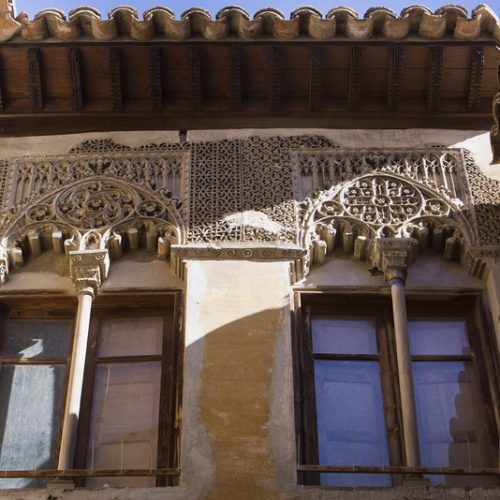
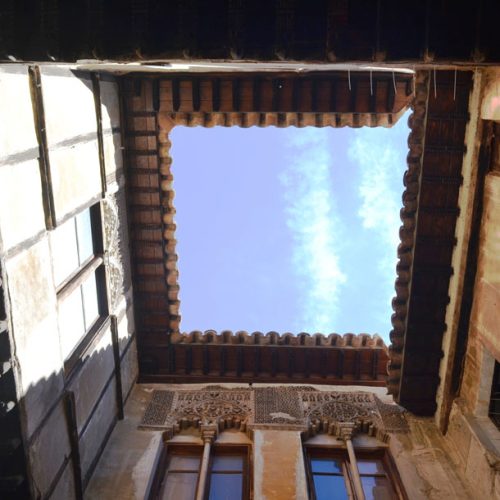
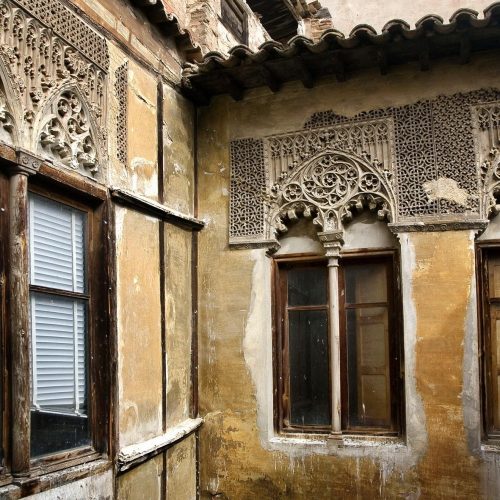
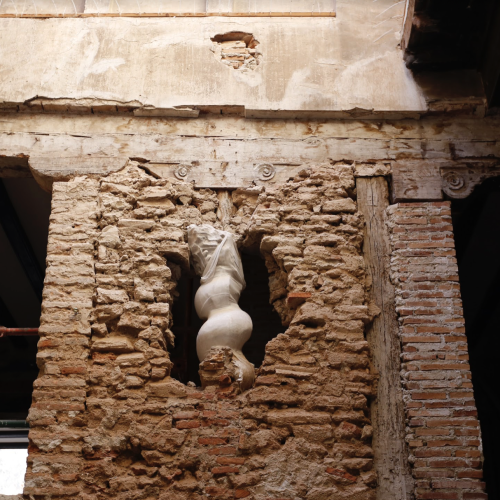
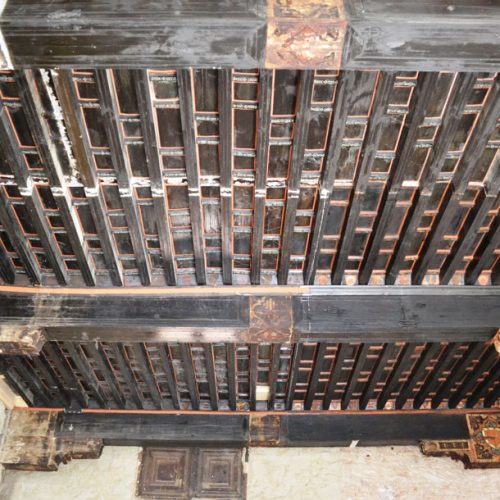
Interventions
The building has undergone several interventions in the 21st century. In the first phase, the Government of Aragon invested 300,000 euros in stabilizing the building. In June 2011, the second phase began, sponsored by Obra Social de Ibercaja with 150,000 euros. That work focused on restoring the coffered wood ceilings on the main floor.
After the purchase of two thirds of the original palace by Fundación Campo de Daroca, the architect Javier Ibargüen was entrusted with the restoration project. The work was broken down into two phases: in 2010, the focus was on cleaning and tearing down added elements, in addition to testing walls, architectural and pictorial features with a view to gathering information so as to plan other activities. One year later, in 2011, cleaning and debris removal tasks were carried out in two storerooms, besides restoring the coffered wood ceiling on the main floor.


Projects and interventions
Declarations
The Palace of the Luna family was declared a National Monument on June 3, 1931 (published in the Gazette of June 4, 1931).
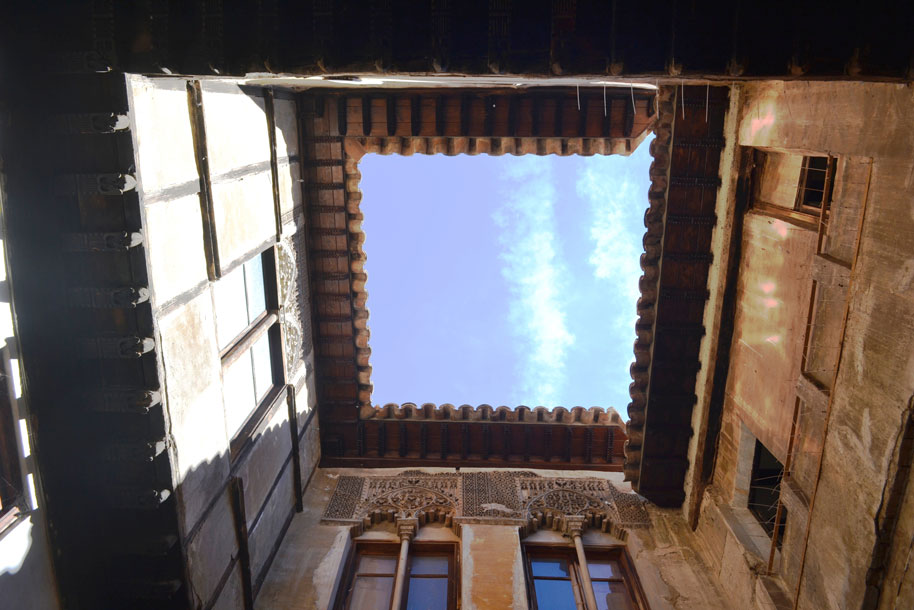
Current condition
It is divided into two private residences facing an inner courtyard dating from the 16th century, in addition to businesses on the ground floor.
Bibliography
MAÑAS BALLESTÍN, FABIÁN (COORD.). Comarca del Campo de Daroca, Colección Territorio 8, Diputación General de Aragón, 2003.
VV.AA. Campo de Daroca, Colección RUTASCAI por Aragón nº 27, Zaragoza, 2005.
VV.AA. Guía de Daroca, Centro de Estudios Darocenses, 1994.
VV.AA. Tierra Mudéjar. El mudéjar aragonés, Patrimonio Mundial., Heraldo de Aragón. D.L., 2002.
VV.AA. El Arte Mudéjar. La estética islámica en el arte cristiano, Madrid, 2000.
ADÁN, Cristina. El palacio de los Luna de Daroca recibe otra ayuda, pero aún queda medio millón de euros por invertir . Heraldo de Aragón. 01/11/2013 p. 14.
ADÁN, Cristina. El reto: devolver el esplendor a la casa de los Luna. Heraldo de Aragón. 28/02/2010 p. 20.
ADÁN, Cristina. La Fundación Campo de Daroca compra el palacio de los Luna para Heraldo de Aragón. 23/12/2009 p. 14.
ADÁN, Cristina. Nueva inyección económica para el palacio de los Luna. Heraldo de Aragón. 12/12/2010 p. 20.
Ibercaja colabora en la restauración del palacio de los Luna. Heraldo de Aragón. 25/03/2011 p.13.
Appendixes
Palace of the Luna family
Calle Mayor, 44
50360 Daroca (Zaragoza)
Visit Daroca
City Hall: 976 800 312
www.daroca.es
WOULD YOU LIKE TO KNOW MORE?
www.turismodezaragoza.es





